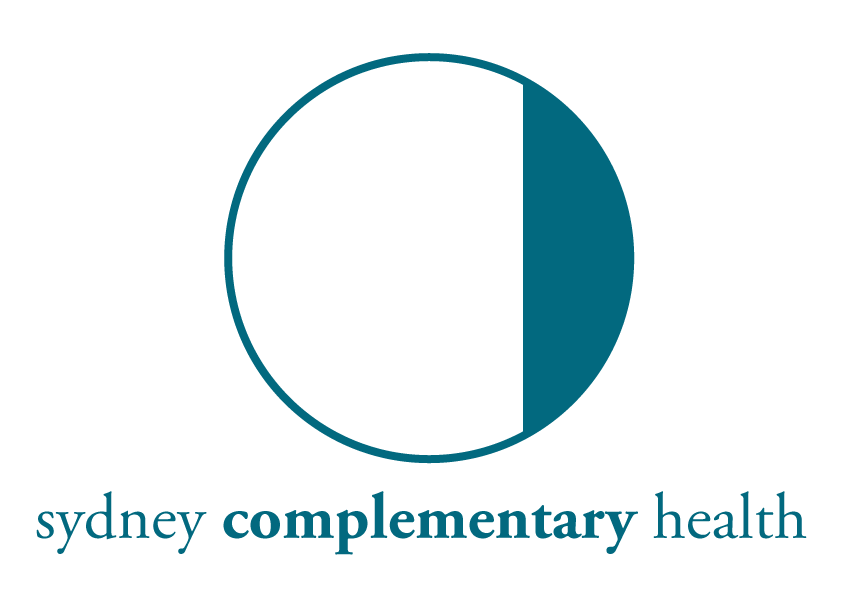A couple of weeks ago, on Friday the 13th (yes, seriously), the Health Minister, Greg Hunt, quietly announced that the government intended to stop health funds paying rebates on "natural" therapies. This was quietly slipped in to a broader announcement of changes and many media outlets did not even pick up on it. These changes will take effect from April 1st (yes, again, seriously) 2019. This came without any warning to the peak complementary health bodies.
Where did this come from? This all started with John Howard's attempt to force Australians onto a user-pays health system like the US. He had a carrot-and-stick approach of the government paying 30% of private health insurance premiums (carrot) and charging people an increased Medicare levy (stick) if they didn't take out private health insurance, as well as an annual increase in premiums once you were older than 31.
Since the government pays 30% of most people's premiums, they now feel they can dictate what the funds reimburse people for, which seems a strange imposition on both business and individuals for a Liberal government to make.
They are using a review by the Chief Medical Officer as an excuse to remove the rebates. The terms for the review were very narrow, with good quality studies rejected for failing to tick one of many boxes. The CMO did find that more research was warranted, but oddly enough, no funding has been forthcoming. Conducting clinical trials is very expensive and requires participation at a university level, so funding is vital to produce enough evidence to satisfy these reviews.
What does this mean for you? At the moment, this is still a little uncertain. Bowen Therapy was in the list of things to be dropped, but it is still unknown if individual health funds will retain policies to cover complementary therapies that are not subject to the federal government's 30% rebate. There was no mention of massage therapy in the announcement, so the current presumption is that it is safe but this has not been stated categorically.
What can you do? Write letters! The Bowen Association Australia's committee of management has had advice that online petitions are pretty much considered spam by our elected representatives, so while I'm not suggesting you don't sign one, it's of limited use. A letter to your local member will go much further. The BAA has produced templates to base a letter on that can be accessed here and tailored to you. The letters broadly cover points around how this is an attack on individual choice in healthcare, an attack on small business and an attack on women in business, but you can include you own story to make it stronger. There is also a list of questions from which you can pick a couple for your member to put to the Health Minister. If you live in Liberal-held seat, you may be able to put some fear into your member that they won't retain their seat at the next election and stir a back-bench revolt. If it's Labor-held, give them ammunition with which to attack the government. If it's independent, even better - the current lack of a parliamentary majority gives your member lots of power!
